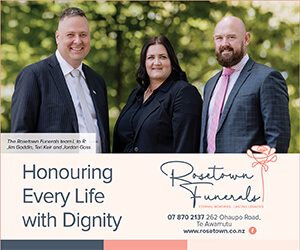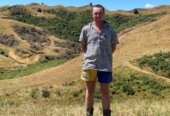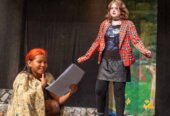Today is our national ShakeOut earthquake drill and tsunami hikoi, a great chance to think about what to do during an earthquake and why. I feel that knowing why it is important to do something always makes it stick in my head, especially if it comes with imagery that makes me physically cringe like having glass in your feet.
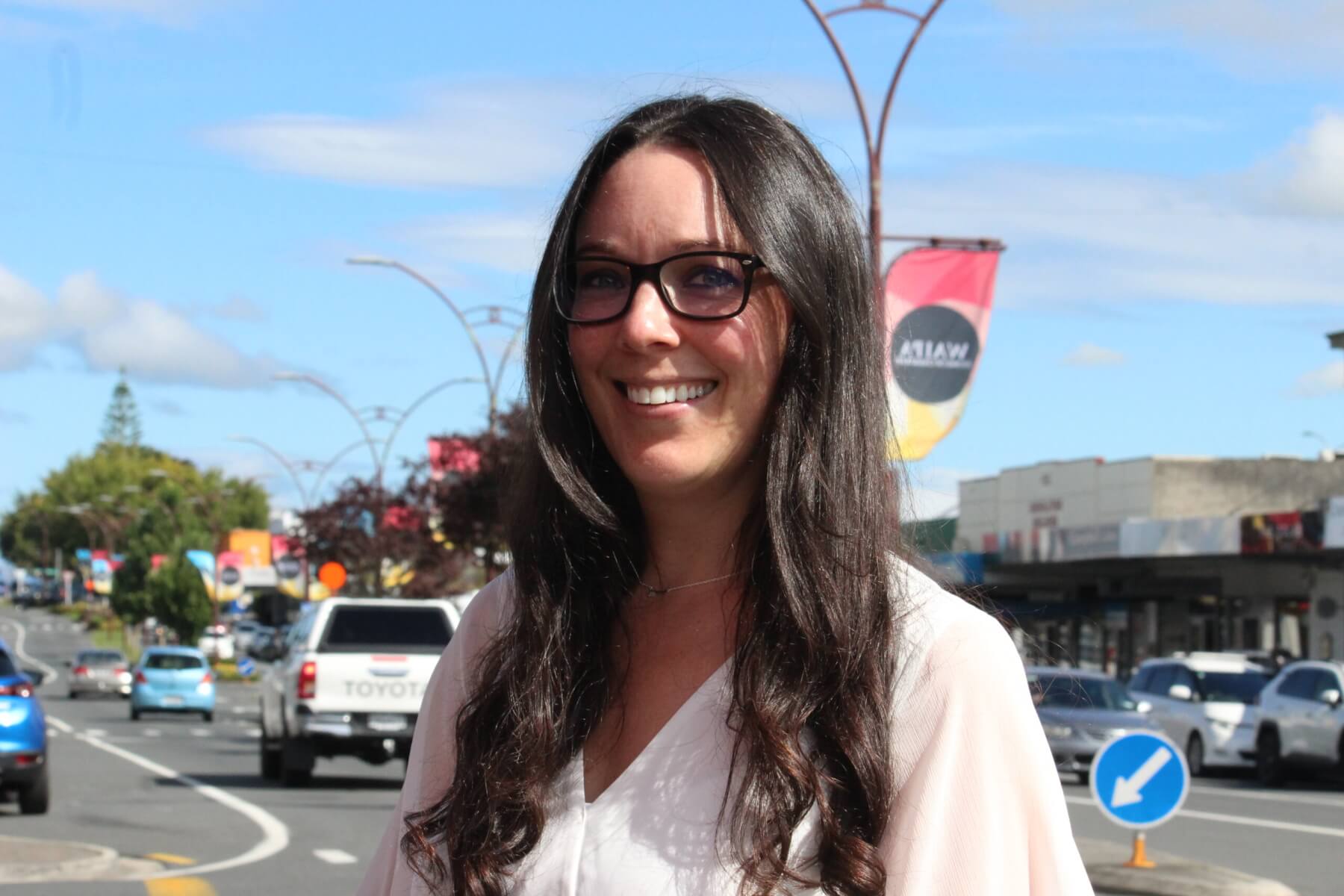
Janine Krippner is back home in Waipā where she is surrounded by volcanoes, and family. Photo: Mary Anne Gill.
A friend and social scientist, Dr Sara McBride, has investigated global earthquake data to understand how people get hurt. The research shows that moving during shaking increases your chance of getting injured. If getting injured isn’t a thought that concerns you, remember that you may not be able to get to medical help and it could hamper priorities like helping friends or family. An injury could really add to an already stressful situation.
Images of collapsed buildings may cause some apprehension, but keep in mind that context matters.
While poorly built buildings may collapse, we have pretty good building and earthquake safety standards here in Aotearoa and they have been improving.
You also may not be able to get out if you try. It turns out it’s hard to walk or run when the ground is moving.
Tripping during shaking is common, and in some cases a large portion of injuries were to people moving out of and away from buildings. Remember the images of fallen bricks after the Christchurch earthquakes?
Unfortunately, old advice is hard to get rid of.
Do not stand in a doorway during an earthquake – this does not protect you from falling objects. Doorways are no stronger than other parts of the house, they are not structural supports.
This outdated belief is based on older buildings in different times. You can throw this one out for good. If you are close enough to a desk or table, get below that. If you’re not – drop, cover your head, and stay put until the shaking starts.
Back to cringing – cut feet from glass, including mirrors, is one of the most common injuries. It’s good to have some shoes near your bed to protect your feet, and another reason to stay in bed instead of jumping out. Can you imagine trying to walk to medical care with cut feet or imbedded glass? Please take care of your important body parts. Emergency Manager Brian Terbush points out that “If you sleep eight hours a night, that’s a 33 per cent chance you’ll be in bed when one occurs”.
Living with a child last year we frequently had a chat about what to do if there was an earthquake at night. The plan was to cover her head with a pillow and wait for the shaking to stop for Mum and Dad to come to her. I understand the need to get to a scared, screaming child is strong, having these conversations might help.
Take a moment to check out the getready website, where there is more advice on what to do if you’re in a car or wheelchair, or if you use a cane or walker. They have posters you can print in English and te reo Māori. The more we normalise what to do and make it common knowledge, the more we can be prepared to get through these scary events together.
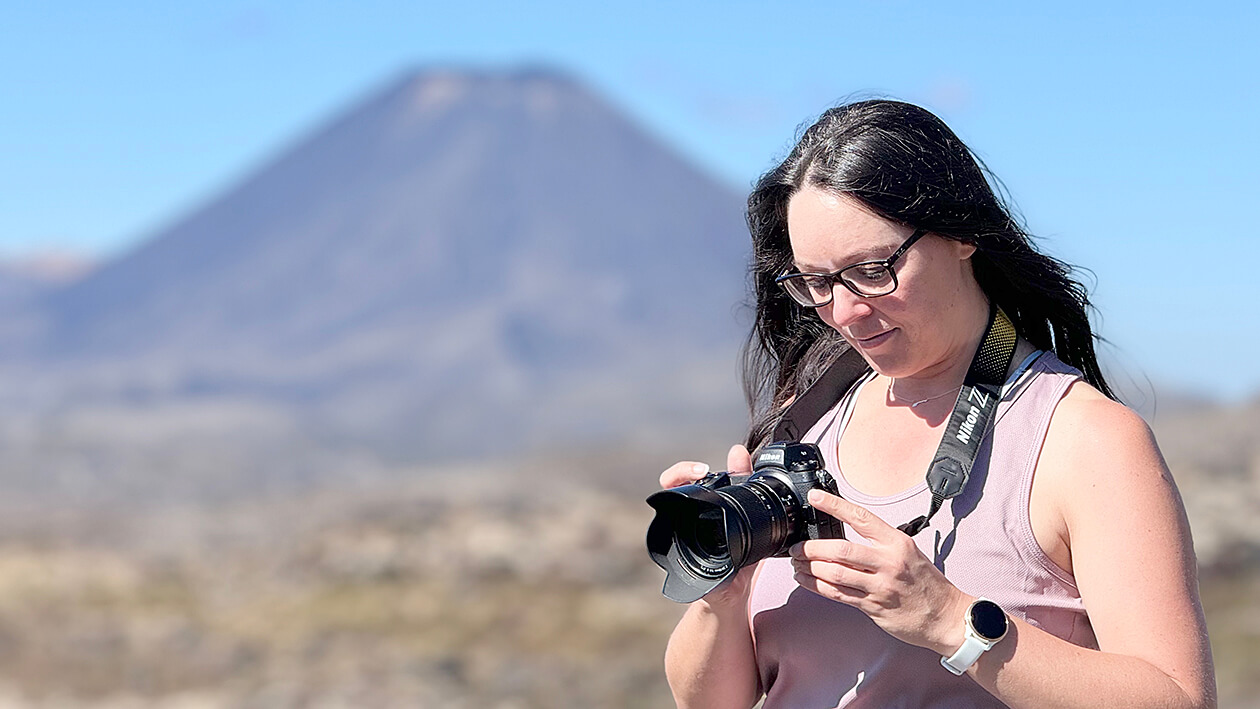
Janine Krippner checks her camera settings while on volcano watch. Photo: Drew Mehrtens.




